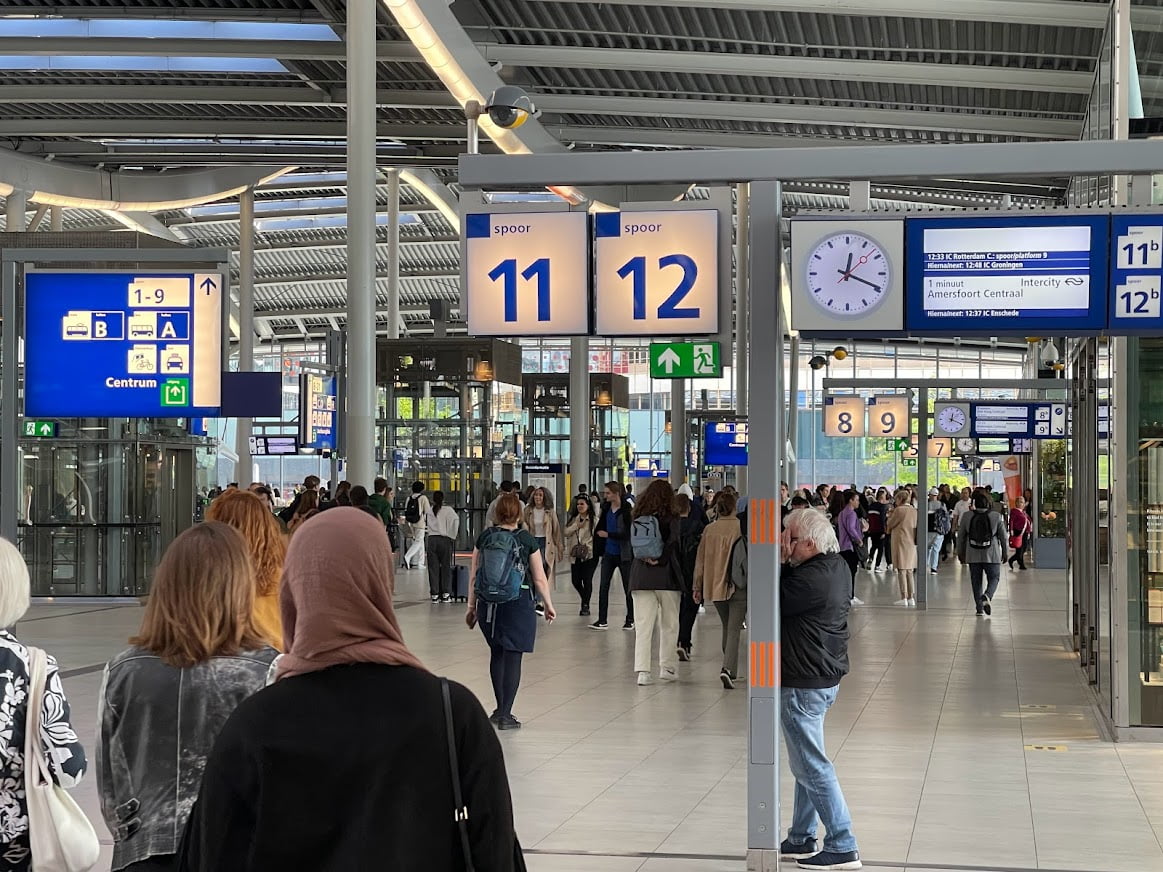You need to be able to trust that accessibility features just work.
Traveling is something that comes naturally and easily to most of us, but it is not so for people with disabilities. Due to problems with parts deliveries and lack of staff, faulty lifts and escalators in stations sometimes remain closed for days to all travelers, including those in wheelchairs or who have difficulty walking and cannot climb stairs.
Because these do not work, the train journey is becoming increasingly difficult for people who depend on them. According to ProRail, it is force majeure and they hope to solve the problems as soon as possible. Due to the corona crisis and the war in Ukraine, parts are often not available, so it now takes months instead of days. To use public transport with peace of mind, you have to be able to rely on accessibility features to work.
basic provision
Another solution could be to provide these victims with additional public transport if the elevators or other facilities on which they depend are not working. But that is easier said than done, because that sector is also struggling with a large staff shortage and often hours-long waiting times in taxi transport. In short, too little attention is paid to the problems that arise when tools you rely on don't work.
MPs Bouchallikh and Westerveld (both GroenLinks) asked the State Secretaries of Infrastructure and Water Management and of Public Health, Welfare and Sport about the inaccessibility of public transport for people with disabilities. He shares the view that, in principle, public transport should be accessible to all people with disabilities. That is why ProRail is working on behalf of the Ministry of Infrastructure and Water Management to make all train stations accessible for travelers with disabilities (MIRT Program Accessibility Stations). This is a major contract that will be completed by 2030 at the latest.
scooter and wheelchair
It is striking that people with disabilities who use a wheelchair or scooter must always sit in the intermediate section of the train. It is preferable that travelers with a wheelchair and scooter can travel alongside the other travelers. For sprinters, travelers who use a wheelchair or scooter can take a seat between the other travelers.
On the intercity trains, travelers with a wheelchair or scooter take place on the balcony section of the train. With the introduction of the new intercity trains, they will also be given the opportunity to take a seat in the passenger compartment. For regional trains, a wheelchair or scooter usually cannot pass through the aisle of the compartment, so people have to stay on the intermediate section.

need help?
Are you traveling with a motor disability? NS is happy to help you make your journey as pleasant as possible. For example, you can use NS Travel Assistance free of charge, where a trained assistance provider helps you with entry and exit. on this page you will find all information about traveling with a motor disability, divided into three themes: preparing at home, at the station and in the train. You can also immediately read everything about aids in the train, the OV supervisor card and NS Travel Assistance.
Are you traveling with a physical disability and do you need help boarding, transferring and disembarking? Or do you have a visual impairment and need someone to guide you through the station? Then you can use NS Travel Assistance for free. With NS Travel Assistance, a trained assistant helps you at the station and when boarding and alighting. You can currently request NS travel assistance for most stations in the Netherlands. NS Travel Assistance is Request 24/7, so also for night trains.



